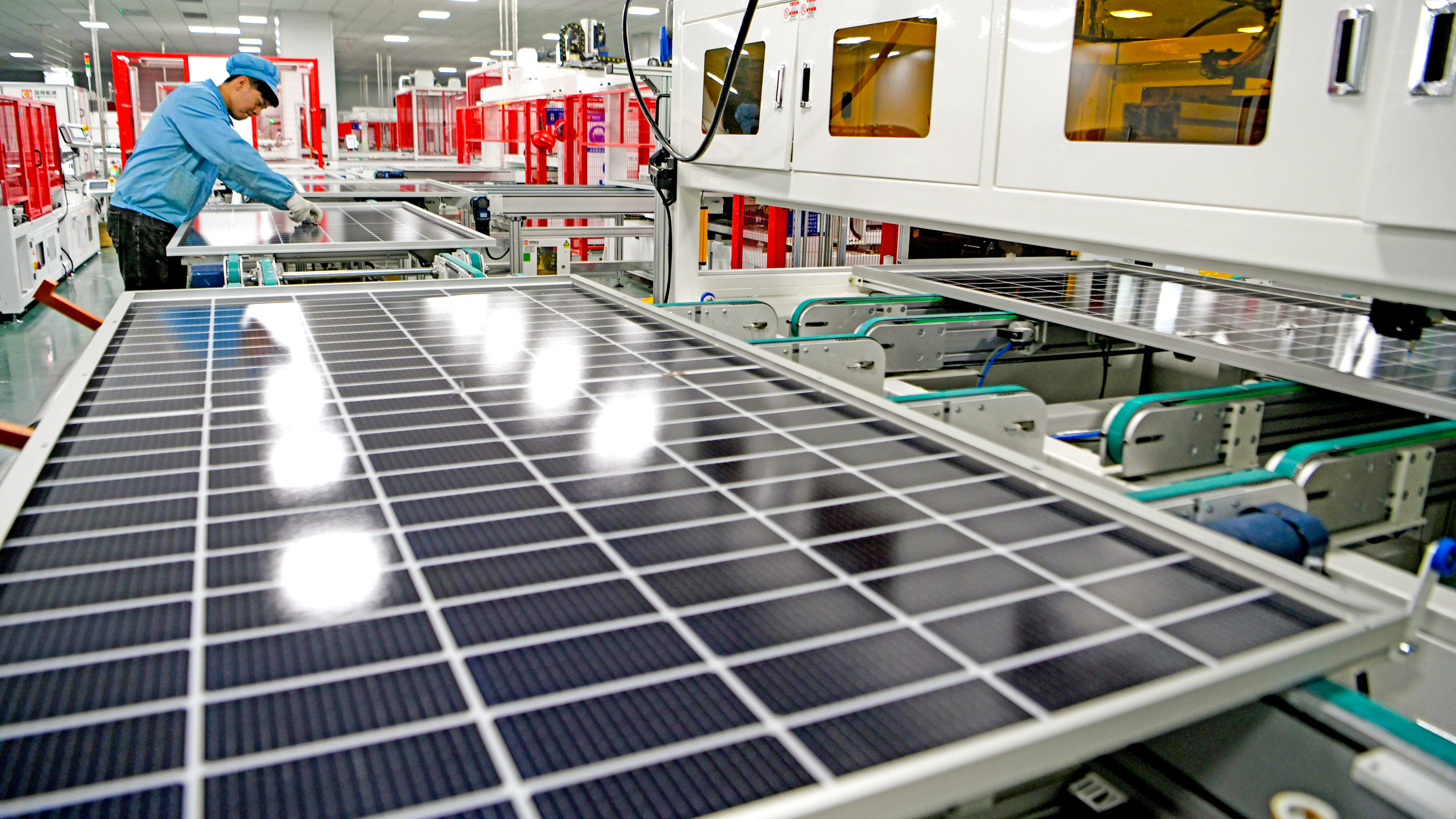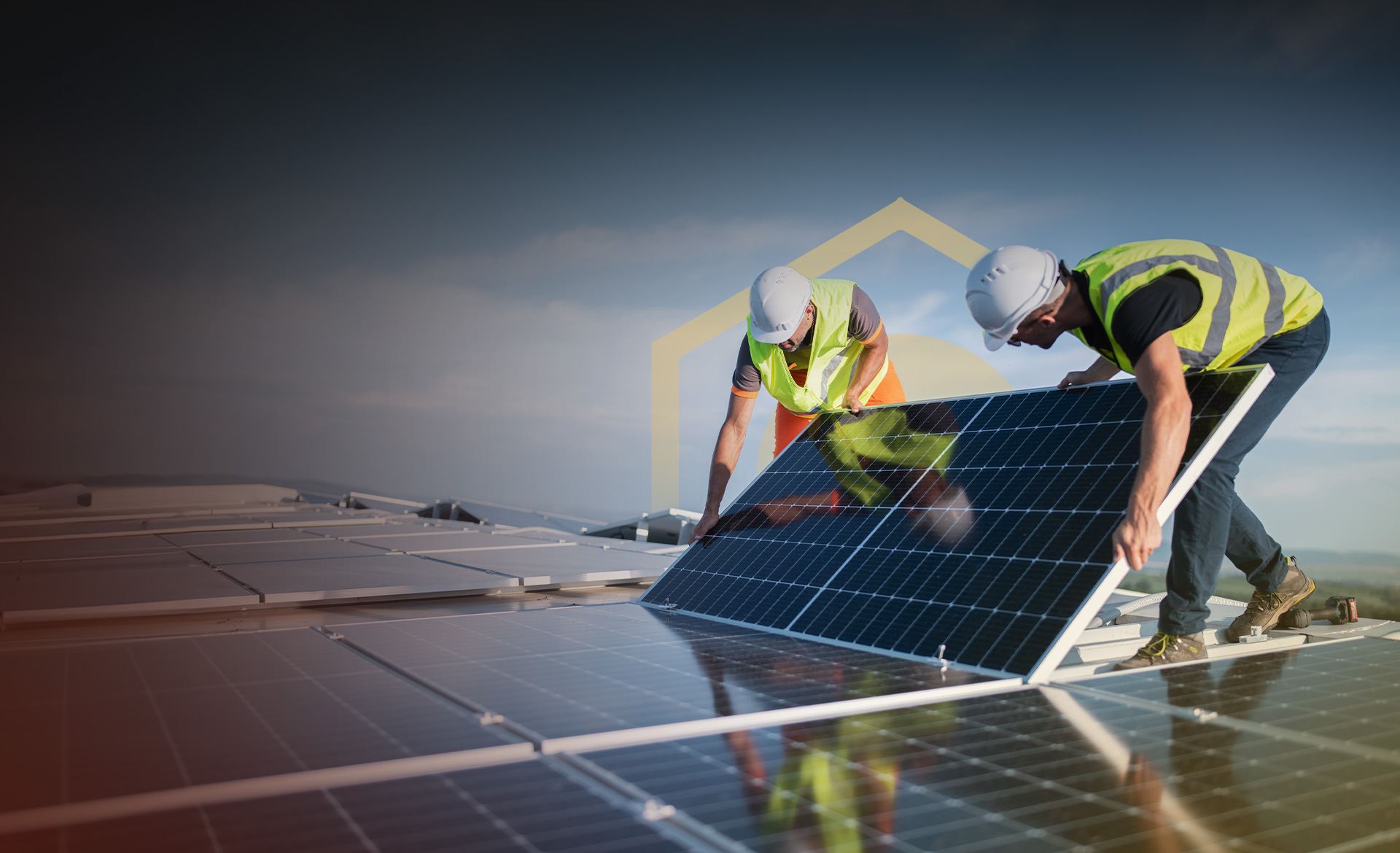Virginia Solar Solutions: Lumina Solar Focuses On Providing Advanced Photovoltaic Solutions For Homes And Companies
History and Establishing
Have you ever wondered how a photovoltaic panel company springs from a simple stimulate of motivation into a powerhouse of eco-friendly energy? It frequently begins with a vision-- one sustained by a mix of development, determination, and a pinch of serendipity. The journey of lots of solar business mirrors the advancement of the innovation itself: from bulky, ineffective panels to sleek, high-efficiency marvels utilizing the sun's bounty.
The Early Days
In the late 20th century, when solar power was still a niche idea, pioneers planted seeds for what would become a global motion. Think of a small workshop filled with curious engineers, tirelessly explore photovoltaic cells. Their passion was palpable, often driven by a desire to combat environment change and decrease dependence on nonrenewable fuel sources.
One such anecdote is about a founder who, influenced by a camping trip, recognized that even in remote locations, the sun might power essential devices. This basic observation sparked a business's objective to democratize access to clean energy.
Founding Concepts

- Development: Continuously pushing the boundaries of solar innovation to improve performance and sturdiness.
- Sustainability: Devoting to environment-friendly manufacturing and decreasing carbon footprints.
- Accessibility: Making renewable resource options budget friendly and useful for daily users.
Milestones in Growth
| Year | Key Event |
|---|---|
| 1985 | Company founded in a small garage, focusing on research and development. |
| 1995 | First commercial photovoltaic panel item introduced, acquiring regional attention. |
| 2005 | Expanded to global markets, welcoming global eco-friendly energy objectives. |
| 2015 | Introduced advanced solar panel technology with improved energy conversion. |
Isn't it interesting how these incremental steps, often overlooked, shape the energy landscape today? The solar panel business story is not just about technology; it's about an unrelenting quest for a brighter, cleaner future.

Developments in Photovoltaic Panel Technologies
Ever discovered how some solar panels shine brighter and last longer? It's not magic; it's the science of photovoltaic efficiency. Modern photovoltaic panel companies invest greatly in technologies like bifacial cells, which record sunlight from both sides, boosting energy harvest without expanding roof area. Have you ever wondered why some panels carry out better on cloudy days? That's due to advances in thin-film solar innovation, which flourishes under diffused light conditions.
Product Variations Customized to Special Needs
One size never ever fits all. Solar panel suppliers now offer:
- Monocrystalline panels for maximum performance and sleek aesthetic appeals, perfect for space-constrained rooftops.
- Polycrystalline panels, which use an affordable alternative without compromising excessive output.
- Building-integrated photovoltaics (BIPV), merging solar tech flawlessly into architectural elements like windows and exteriors.
Choosing the ideal item isn't practically in advance expense; it has to do with matching your environment, energy objectives, and long-term cost savings. Homes shaded by trees need panels that stand out in low-light situations, something lots of neglect till energy bills climb suddenly.
Technical Tips for Optimal Selection
- Examine the temperature level coefficient-- lower values indicate panels lose less effectiveness on hot days.
- Search for panels with enhanced anti-reflective coverings to optimize light absorption.
- Consider the panel's service warranty not simply for defects, however for guaranteed power output over years.
- Don't underestimate the significance of the inverter innovation combined with the panels; it can make or break your system's performance.
Beyond Panels: Emerging Trends
Think of solar panels that change their angle immediately to chase after the sun-- tracking systems are becoming more available, increasing yield substantially. Or solar tiles that blend invisibly into your roofline, transforming your home into a silent, self-dependent website power generator. These developments are reshaping what a solar panel company uses-- not simply items, however incorporated energy services.
Market Presence and Global Operations
Ever wonder why some photovoltaic panel business appear to grow up in every corner of the globe while others barely make a ripple? The difference lies not simply in innovation but in mastering the art of browsing varied markets. Broadening globally is like planting seeds in various environments-- you should comprehend each environment's unique conditions to flourish.
Take, for instance, the detailed dance of logistics and supply chain management. Delivering panels midway throughout the world isn't almost range; it has to do with timing, customs, tariffs, and adjusting to local need variations. A company with robust international operations anticipates these variables, ensuring panels arrive on schedule without inflating expenses. This insight is no small task and often separates market leaders from fans.
Secret Techniques for Expanding Market Existence
- Localized manufacturing: Establishing production hubs near target markets lowers shipping delays and import complexities.
- Strategic collaborations: Teaming up with regional firms accelerates market penetration and constructs trust.
- Adaptive item design: Tailoring solar panel tech to weather, sun intensity, and facilities nuances enhances performance and approval.
What about the human aspect? Solar panel companies operating globally need to reconcile cultural differences and regulative nuances without forgeting their core objective. What works in a sun-drenched desert might fail in a humid seaside area. Often, the most innovative service is simply listening-- absorbing local insights to improve innovation and approach.
Experts often recommend a phased rollout rather than a shotgun growth. Why run the risk of overextension when determined growth builds sustainable momentum? Scaling carefully implies balancing aspiration with operational durability - Solar Panel Company Virginia. After all, in the race for sustainable energy dominance, patience can be as important as speed
Ecological Impact and Sustainability Practices
When solar panels initially emerged, many assumed they carried zero ecological baggage. The truth is more nuanced. The production of solar batteries includes unusual earth metals and energy-intensive processes, which can leave a large carbon footprint before the panels even reach roofs. The real environmental expense depends heavily on the sustainability practices utilized by the photovoltaic panel business throughout the lifecycle of their items.
How typically do we pause to consider what takes place to solar panels at the end of their useful life? Unlike batteries or electronic devices, solar panels can last 25-30 years, but disposal and recycling paths remain underdeveloped in lots of areas. A company dedicated to minimizing ecological harm will have a robust prepare for recycling photovoltaic materials, salvaging valuable silicon, glass, and metals to avoid garbage dump accumulation.
Secret Sustainability Methods
- Using low-impact manufacturing techniques that lessen water and energy intake.
- Executing closed-loop systems to recycle production waste back into new panels.
- Engaging in transparent supply chain audits to make sure ethical sourcing of basic materials.
- Designing panels for easier disassembly to assist future recycling efforts.
It deserves keeping in mind that some solar business have pioneered ingenious methods, such as integrating eco-friendly parts or utilizing less hazardous chemicals during fabrication. This not just lowers ecological strain but likewise sets a precedent for the industry. The concern stays: can the solar market genuinely pivot towards a circular economy model without compromising effectiveness or affordability?
Professional Tips for Evaluating Sustainability
- Inquire about the company's commitment to carbon-neutral manufacturing and whether they offset emissions.
- Investigate if they partner with licensed recycling facilities dedicated to solar panel waste.
- Try to find openness reports detailing ecological effects and sustainability objectives.
- Think about the longevity and service warranty of panels as an indirect measure of resource performance.
In the end, choosing solar power should mean more than simply slashing electrical power costs; it's about nurturing a future where energy is harvested properly and waste is attentively handled. Solar panel companies that welcome this approach not only brighten homes but likewise cast a brighter light on sustainable innovation.